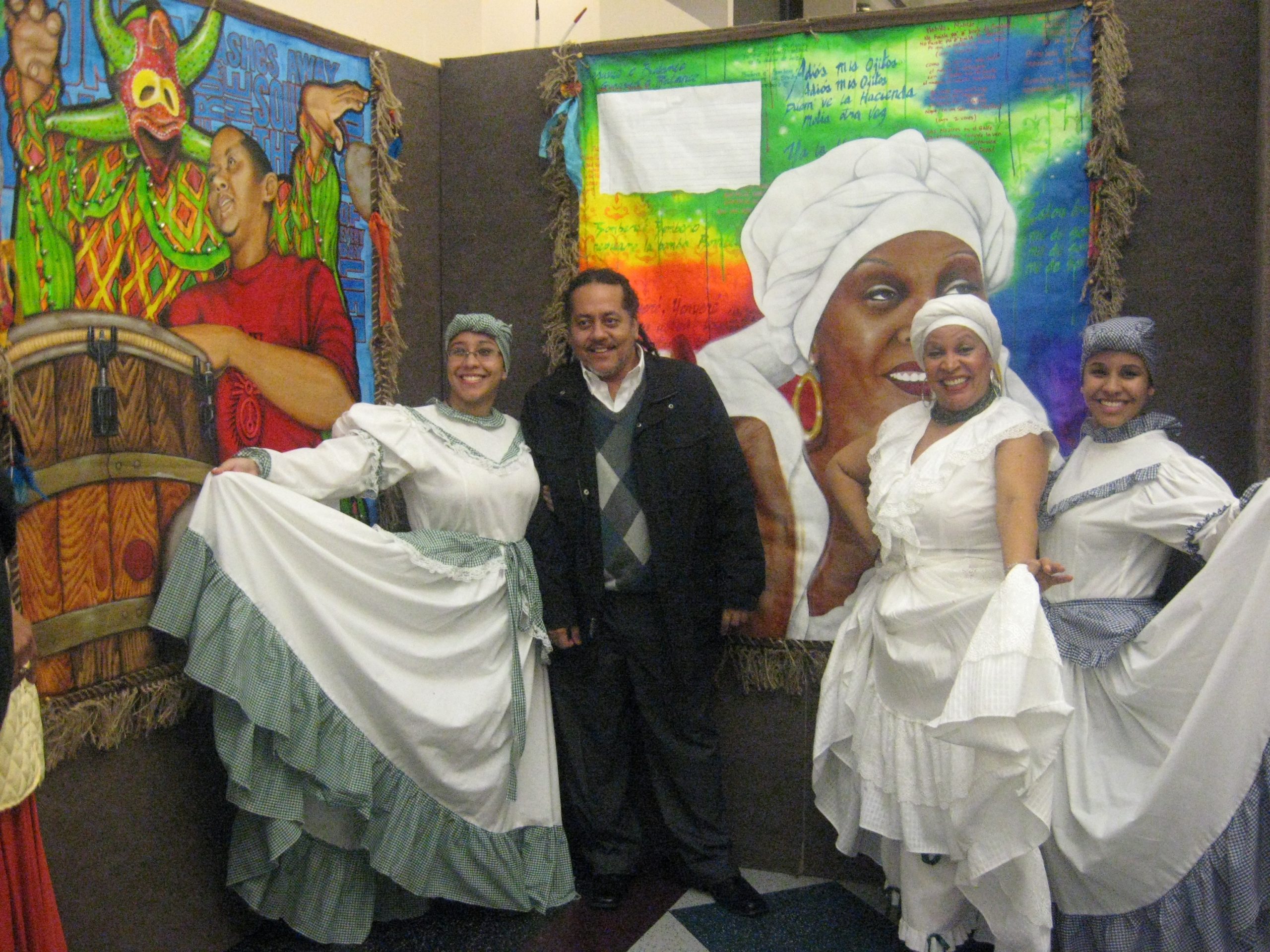Annexed in 1869 the community area of Humbolt Park has historically been a center for a variety of ethnic groups. Originally settled by Scandinavians and Germans the neighborhood saw growth from European Jews, Italians, and Polish. It peaked in population in 1930. Gentrification pushed the Puerto Rican population west from West Town into Humbolt Park mostly from the 1950s-60s. Even though gentrification has continually persisted, the neighborhood is now known for its strong Puerto Rican population.
Just east of the area is the 207 acre park with its namesake. The dedication events were held in German, Swedish, and English. Each of the major ethnic groups that have called Humbolt Park home have left a mark in the park. The Polish Constiution Day Parade used to end at the Tadeusz Kosciuszko statue that was once located in the park. Other notable statues in the park include Alexander von Humboldt, a Prussian scientist who was chosen due to the high German population in the area at the time. German residents also commissioned a statue of German novelist Franz Engelsman. The Norwegian community commissioned the statue of Viking Lief Erikson. The Puerto Rican community remodeled the former receptory and stables to house the National Museum of Puerto Rican Arts and Culture.
Although the Puerto Rican culture is very strong in Humbolt Park the neighborhood has continued to evolve over the decades. Gentrification has been a continuing struggle, but at the same time has kept it a neighborhood of diverse cultures, in modern times, including Mexican, Dominican, and African American.
Having such continued diversity has added complication to the neighborhood. On one hand the strong sense of a variety of cultures brings an assortment of art, entertainment, and food. However, clashing cultures led to the formation of gangs. In the 1950s as Puerto Ricans notably started moving into the neighborhood the kids were facing harassment and bullying from established neighborhood kids. This led to three boys creating the Latin Kings in 1954. In 1956 a group of high school age greasers came together to form the Simon City Royals. Throughout the 50s and 60s more gangs formed causing more friction between all of the groups. In 1962 Simon City started recruiting more. The Latin Kings continued to face discrimination and in 1964 they joined other city gangs, many of whom were white, and in May of 1964 met in the park to establish the following tenants:
- Protect our families
- Protect our neighborhoods
- Protect each other
Meanwhile, the real estate industry fueled the racial tensions around the city through blockbusting and redlining. Gang activity continued to haunt the neighborhood for decades, the ever changing demographics likely did not help, in 1966 the Latin Disciples was formed under the Black Disciples Nation, the White Power Organization was formed in 1971, and in 1980 La Raza established a chapter in the neighborhood, to name a few larger organizations.

Reynaldo Rodriguez with his paint Majestad Cultural by: Yolydia
Even though gang activity plays a visible part in the history of the area, the greater Puerto Rican community remains strongly established and in much more positive ways. As of last year Humbolt Park houses the only official Puerto Rican Cultural District in the country. It has the only museum dedicated to Puerto Rican art and culture. The neighborhood is full of over 90 murals, including some of the oldest public murals, dating back to 1971. Many of them mimic the history of the neighborhood by illustrating the struggles for equality.
Recognizing that allowing their community to be pushed out from neighborhood to neighborhood was keeping them from building wealth the Puerto Rican community worked hard to stabilize themselves. The giant metal flags that flank Division Street between Western and California are a strong symbol of this. The Puerto Rican Cultural Center serves to protect this stabilization and their work was a major help in making sure all of the small businesses along the corridor were able to survive the pandemic. With the idea that every city in the world should reflect the world in the city the community worked hard to earn the distinction of being the first state designated Puerto Rican cultural district in the United States. A celebration was held in summer of 2024 to dedicate the district with its new name, Barrio Boriken.
https://en.wikipedia.org/wiki/Humboldt_Park,_Chicago
https://en.wikipedia.org/wiki/Humboldt_Park_(Chicago_park)
https://en.wikipedia.org/wiki/Statue_of_Alexander_von_Humboldt_(Chicago)
https://www.architecture.org/online-resources/buildings-of-chicago/humboldt-park
https://chicagostudies.uchicago.edu/humboldt-park/humboldt-park-history-humboldt-park
https://en.wikipedia.org/wiki/History_of_gangs_in_Humboldt_Park
https://www.choosechicago.com/blog/neighborhoods-blog/puerto-rican-culture-humboldt-park/
https://paseoboricuatours.com/


 Facebook
Facebook
 X
X
 Pinterest
Pinterest
 Copy Link
Copy Link